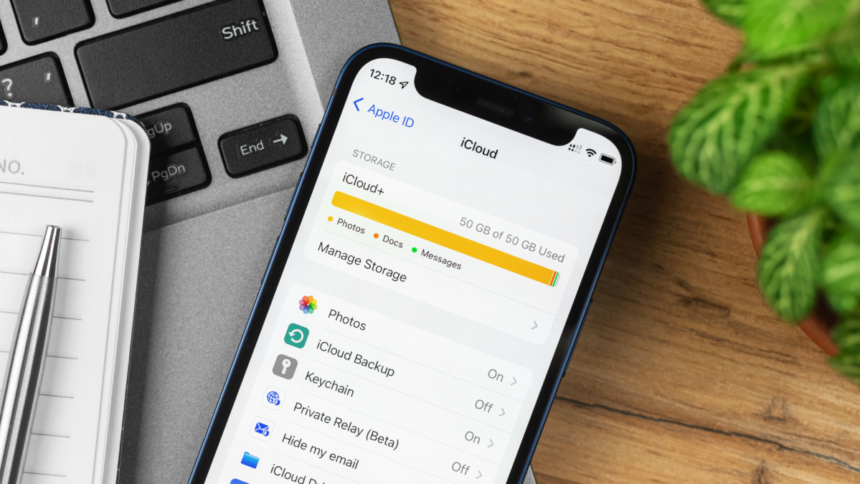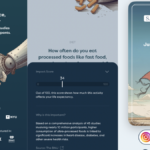Tips for Optimizing iCloud Sync
iCloud serves as an essential tool for accessing vital information such as contacts, calendar events, and photos across various devices. However, like any close companion, it can sometimes lead to moments of frustration. Long backup times can become annoying, and there are occasions when logging out and back in can result in unexpected file losses.
Ideally, the iCloud synchronization process should be swift, taking only a few seconds. If syncing seems to be dragging on—or if you find yourself feeling particularly impatient—consider the following strategies to enhance the efficiency of your iCloud operations.
Causes of Slow iCloud Sync
If automatic backups are enabled, your device should ideally perform a backup while it is locked, plugged into power, and connected to a stable Wi-Fi network. Common factors that hinder sync speed include insufficient battery life and an unreliable network connection.
For optimal performance, ensure that all devices are connected to a robust Wi-Fi network or are using reliable cellular data. Regardless of your battery status, connecting your device to a power source can facilitate faster sync, especially when there is a large volume of data to transfer.
In particular, if you are syncing photos, be aware that your iPhone won’t automatically upload images while in Low Power Mode. As stated on Apple’s support page, the upload duration for photos and videos depends greatly on the size of your media library and your current internet speed. Consequently, substantial collections may require additional time for uploads.
Ensure Devices are on the Same Wi-Fi
In addition to needing a reliable network, it’s crucial that all devices intended for synchronization are connected to the same Wi-Fi network. This direct connection enables iCloud to transfer data quickly between devices, avoiding unnecessary detours through iCloud servers.
Also, connect your device to a power outlet to prevent interruptions in background syncing caused by power conservation features.
Clear Up Storage Space
First, verify that your iCloud account has sufficient available storage. Navigate to Settings > [your name] > iCloud > Manage Storage to see your storage usage and identify which applications are taking up significant space. Consider removing apps that you rarely use, or upgrade your iCloud storage plan if you require additional space.
Utilizing the “Optimize iPhone Storage” feature can significantly reduce the space that iCloud data occupies on your device while keeping the full collection saved in iCloud for on-demand access. This approach alleviates the storage burden on your device.
Proximity to iCloud Servers Matters
The distance between your location and Apple’s iCloud servers can influence syncing speeds. Being nearer to these servers typically results in faster data transfer. While the locations of these servers are beyond your control, residing in remote areas may lead to slower sync times.
Keep Your Devices Updated
Ensure that all devices, including your Mac, iPad, iPhone, or Windows PC, are operating with the latest software versions available.
To verify the functionality of iCloud services, check Apple’s System Status page for any ongoing issues that could be affecting your iCloud experience.
Confirm Sync Activation
Regardless of whether iCloud backs up automatically or requires manual initiation, it’s important to ensure that all devices are synchronized to the same date and time settings and that iCloud Drive/Documents & Data are enabled. Follow these steps for enabling automatic iCloud backups:
-
On iOS: Navigate to Settings > Apple ID > iCloud > iCloud Drive. Switch iCloud to “On.”
-
On Mac: Go to System Preferences > iCloud and ensure that all desired iCloud services are checked.
To manually back up your device, access Settings > [your name] > iCloud > iCloud Backup > Back Up Now. This screen also indicates the last successful backup time.
For Contacts and Calendars: Trigger a Manual Sync
If updates made to your contacts or calendars are not reflected across devices, there’s a method to manually refresh the data. Simply open the respective app on your iOS device. For Calendars, tap the Calendars button at the bottom; for Contacts, select Groups. Then, perform a downward swipe on the screen until you see the spinning activity icon at the top. This activity should briefly spin, indicating that iCloud is syncing your calendars.
Log Out and Back Into iCloud
A classic troubleshooting method entails logging out of your iCloud account on your iOS device or Mac and then logging back in. Before proceeding, ensure that all vital data is backed up to prevent accidental data loss during the logout process.
Utilize a Shared Folder Trick
An intriguing workaround discussed in an Apple forum involves creating a shared iCloud folder for personal use. If a particular photo is taking an excessive amount of time to sync amidst a larger backup, consider uploading that specific image to iCloud Drive. This approach allows for quicker uploads and can be particularly helpful when isolating specific files.
For instructions on how to create a shared iCloud folder, check this link. Give it a try and witness the synchronization of your devices improve significantly.












